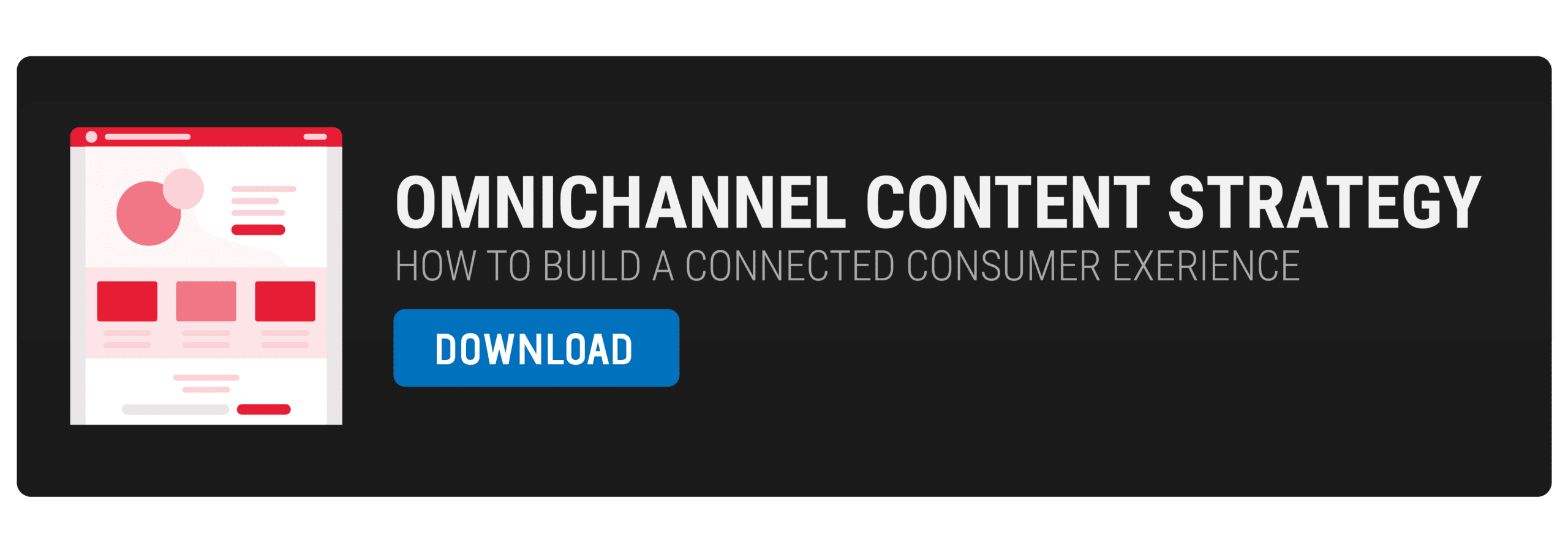The 3 types of customer data that will help you optimize your content strategy
Every single digital interaction can represent a data point. Customer data is useful to marketers because it can provide insight into the many variables that come with developing a content strategy.
The data you collect can accelerate your learning about the everchanging needs of your customers. Use it wisely, and it will help you optimize the content you offer to match those needs.
There are three types of consumer data that you need to collect: behavioral data, demographic data, and predictive data.
Demographic data is about who your customers are, behavioral data shows how they interact with your brand, and predictive data can help you optimize your offers based on their needs and goals.
Demographic Customer Data
 Demographic data describes the various characteristics of your audience. It is usually the first stop that brands take toward strategic customer targeting.
Demographic data describes the various characteristics of your audience. It is usually the first stop that brands take toward strategic customer targeting.
Customer characteristics can serve as a foundation for you to start building data-driven persona profiles.
Using demographic data points, you can:
- Create a better perception of people that interact with your brand
- Segment your audience into multiple distinct categories
- Understand the similarities and differences between each group
Types of Demographic Data
Gathering this type of data is like taking a walk in the customer’s shoes for a day. Here are some common examples:
- Gender
- Age
- Marital Status
- Income
- Profession
- Net Worth
- Location
- Nationality
- Religious Affiliation
- Political Affiliation
Example: Let’s say that you run a web development agency in Boston, and your main goal is to help individuals and small new businesses build their first website.

Your target customer Steve is a 29-year-old freelance writer from Boston. He has already graduated from university and lives in Boston. He finds his freelance jobs online, using third-party websites. His income is around $1800/month.
Behavioral Customer Data
When analyzing this type of data, you’re usually looking for patterns in the behavior of customers. It is essential to track the actions of your customers because this data can reveal a lot about the way that people interact with your content.
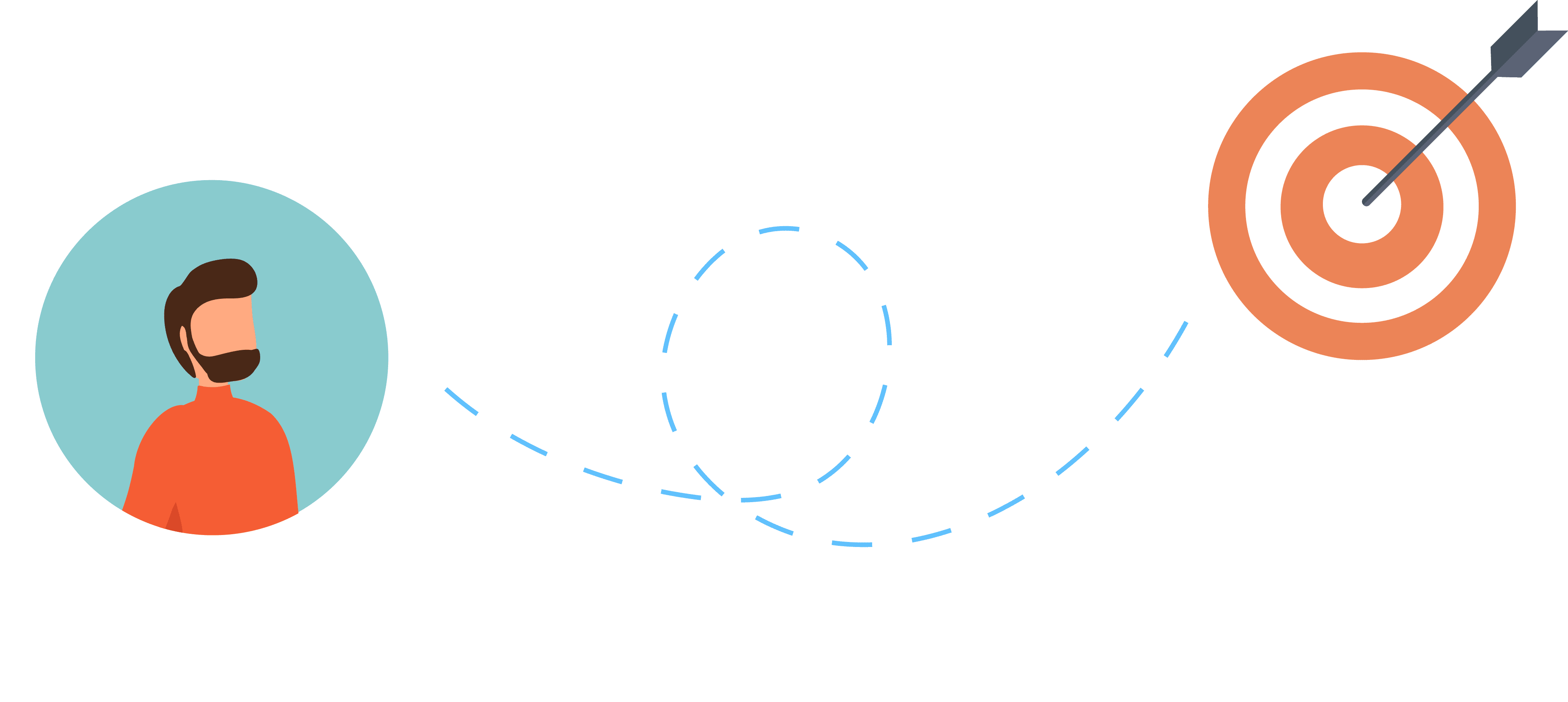
It can answer questions you have about how users got to your page, what they do on their visits, what they’re interested in, where they get stuck or leave, and so on.
What is user behavior?
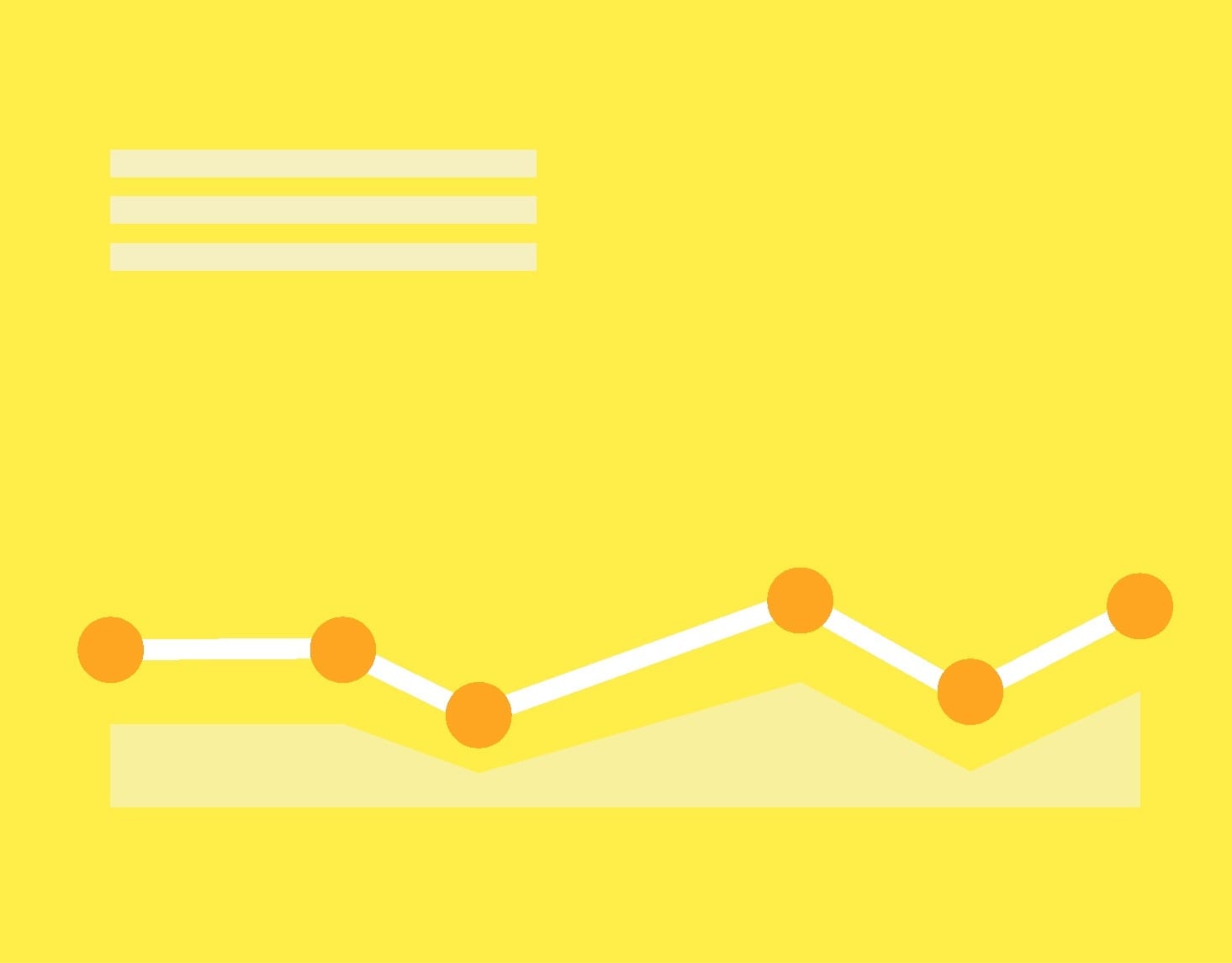 You can define user behavior by the actions that your customers and website visitors perform. That includes the pages they visit, the actions they take on each page, and how they move from one part of your website to another.
You can define user behavior by the actions that your customers and website visitors perform. That includes the pages they visit, the actions they take on each page, and how they move from one part of your website to another.
Tracking user behavior includes collecting non-interaction measurements such as the time spent on page and impressions, or interaction event tracking such downloads, link clicks, form submissions, etc.
Using behavioral data points, you can:
- Connect and compare specific behavior with conversion rate or other metrics
- Understand the performance of your website and individual pages ( traffic, clicks, bounces, etc.)
- Discover how users move across your website ( linking, paths, drop-off points, etc.)
How can you track user behavior?
 Here are some common examples of the behavioral data you can collect:
Here are some common examples of the behavioral data you can collect:
1. Traffic source or the way that visitors got to your page such as organic through search, direct link, or referral.
2. The device types that your audience uses can have an impact on how they go through the content. You should always optimize content for use on all types of devices.
3. Time spent on page is average time users spend on a single page of your website. This can be an indicator of the quality or relevance of specific pages on your website.
4. Session duration is the total time that users spend on your website during a visit.
5. Bounce Rate is the percentage of visitors who navigate away from the site after viewing only one page.
6. Behavior Flow is exactly how the user moved from one point to another. What page they started from, what other pages they consequently visited, and where they left.
User behavior data and content strategy example
Let’s say that you’ve discovered that one of your pages has a high rate of organic traffic, but 90% of visitors leave the website after visiting that page.
This indicates that your SEO is working, but there might be a problem with the content you present to first-time visitors. Is there no obvious navigation on that page? Is there a clear call to action? Is the linking to other pages there?
By analyzing the behavior data and the page in question, you can then move on to improve or optimize the consumer experience.
Predictive Customer Data
It’s about discovering personal preferences and changing needs of customers in your market. You can use predictive data to inform yourself about customers and create hooks, offers, and content that will set you apart from competitive brands.
What is predictive user data?
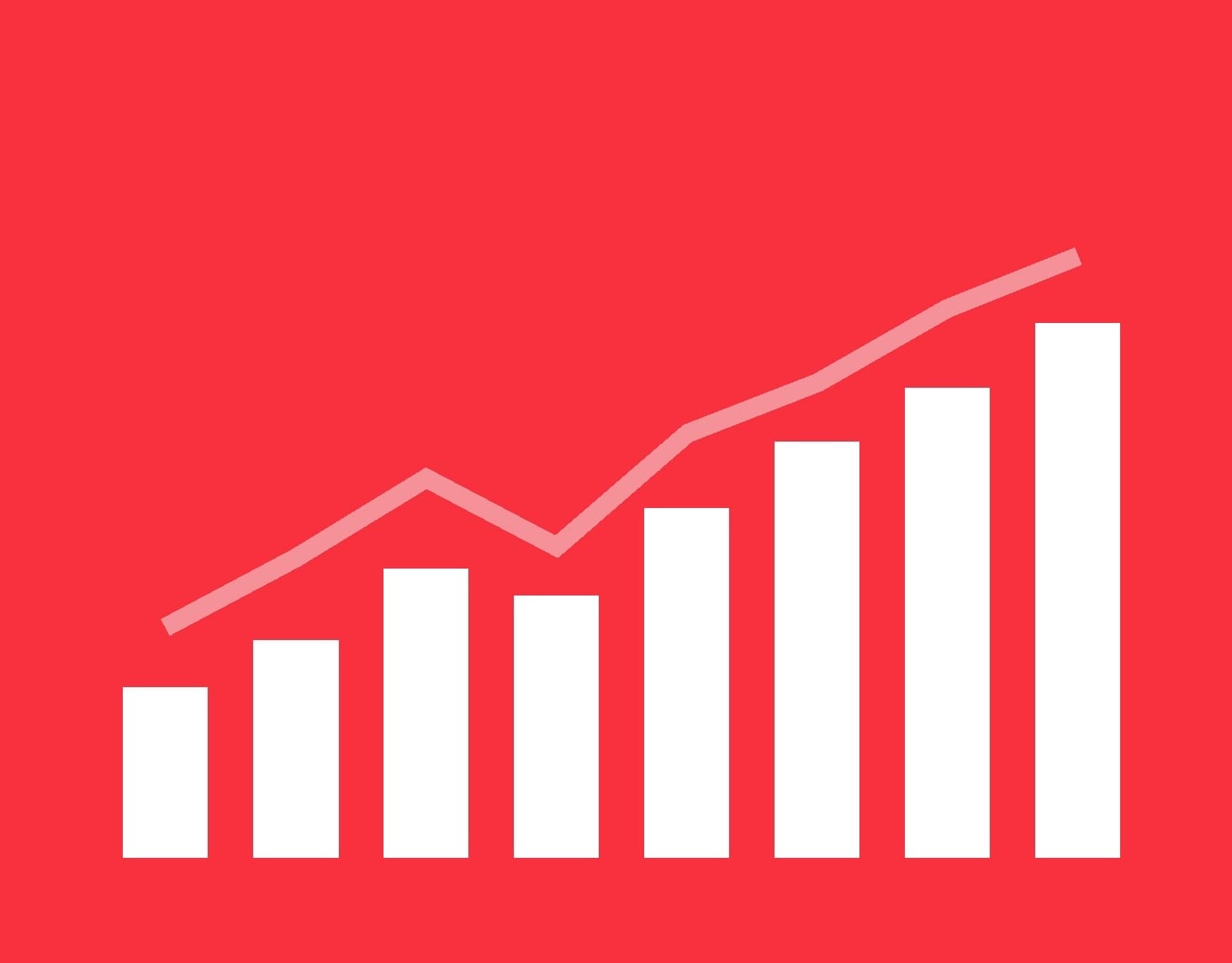 Predictive analytics is the process of collecting data from research and other data sources which you then use to predict expected user behavior in the future. It stems from an analysis of the collected information to discover patterns and make predictions about users.
Predictive analytics is the process of collecting data from research and other data sources which you then use to predict expected user behavior in the future. It stems from an analysis of the collected information to discover patterns and make predictions about users.
This type of data can help you create a better image of consumer needs and consequently improve customer relationship management (CRM) and content strategies.
Using predictive data points, you can:
- Better understand the psychological factors that affect customers
- Map the needs of the customers at distinct stages of their journey
- Predict behavior and outcomes in particular situations
What is the use of predictive customer data?
The main application of predictive data is to discover patterns and connect them to the specific goals of your customers.
This will help you create content tailored to specific moments and milestones that a customer is likely to experience along the way.

Needs – What types of information they need from a leading brand? Think about your content as a solution to a problem that your target person has, and how you can present it to them.
Intent– The customer intent is the train of thoughts that drive the actions a customer takes when interacting with your brand. What kind of information do they need when they search the web? What content do they want to see from you on social media?
Context– Different moments ask for different content to be presented, so context is also important. Is your customer looking for instructions on how to perform a task? Are they looking for a tool that will help them with the task? Are they looking for improvement advice?
Mood– What is the mood of customers when they interact with certain types of content or brands?
Predictive data example
Let’s say that you own an eCommerce shop about pet-related products, and you’ve collected information about the purchasing decisions and behavior of customers.
By analyzing this data, you come to the predictive conclusion that people who buy a cat litter box are very likely (75%) to buy a bulk of litter with the same order.
If you pinpoint this behavior, you can then move on to create a box litter bundle offer, or re-target those who’ve bought only the litter box with an additional offer via email.
Customer data and privacy
Please note that your data collection should always remain conscious and legal. You need to keep your customers well informed, so be transparent about the type of data you collect and the methods you use to do so.
Add a simple and easily accessible privacy policy to your website, ask for explicit permission where needed, and provide users with a way to opt-out or retrieve their information.
What to do next
The same databank can have many different uses.
That is why before you start working with the information available at your disposal, you need to define the scope and the goals of the use.
It is important to understand (1) what data is available and relevant for your goals, (2) how you can use it to learn more about customers, and (3) what actions you will take moving forward.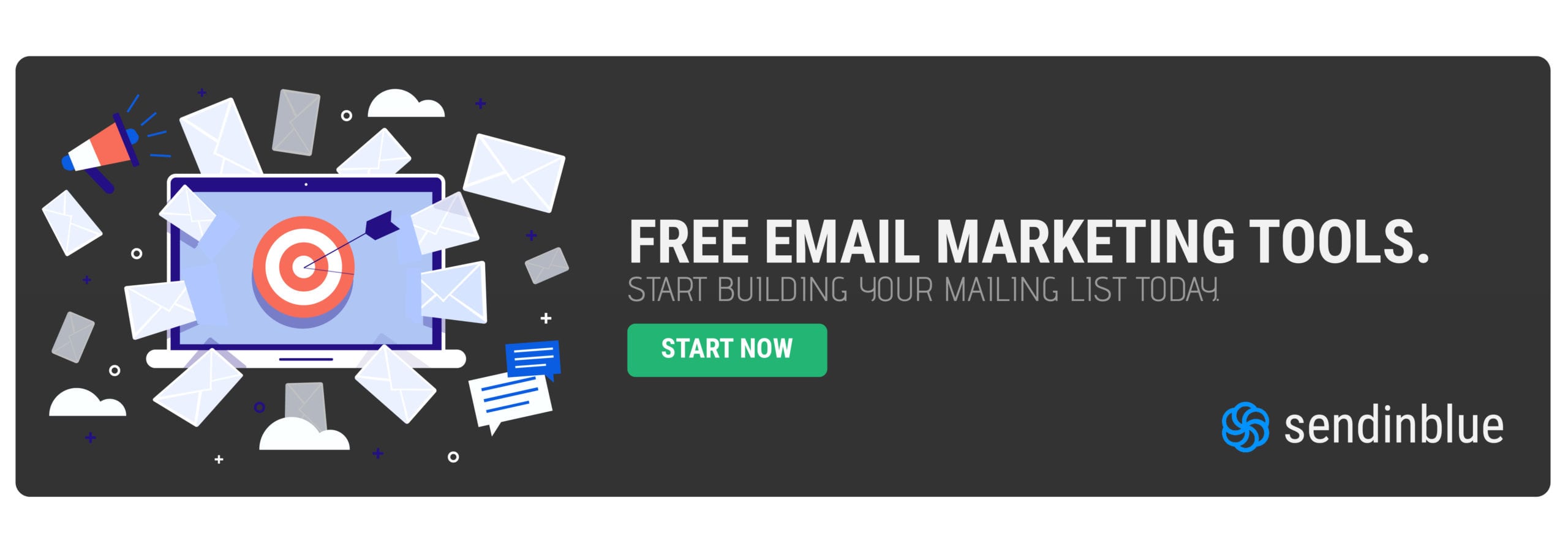
Share this with your friends?
